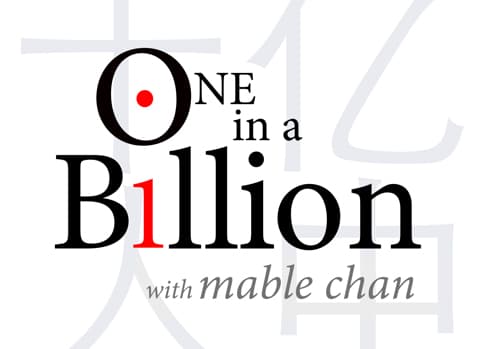Art is a window into history. It is a reflection of historical movements, emotions, and contemporary cultural norms presented in either small or wall-sized canvases. (Or, like very modern art, not on a canvas at all.) My love and appreciation for art began in high school. I distinctly recall my A.P. European history teacher changing the posters on the walls of her classroom as we moved through history. As I studied or read about the time, I would look up to those walls and glimpse the art that defined the time period.
This passion and appreciation for any form of art has led me to various museums all around the world. Thus, on a beautiful sunny afternoon a few of my friends and I decided that we would venture out into Xuhui and look for the highly recommended Shanghai Propaganda and Poster Museum. That’s right – we had to look.
The museum is located in the basement of an average looking apartment building in a nondescript neighborhood. There are no obvious signs or markings on the outside that indicate its location. However as we approached the address, a friendly security guard, who was clearly used to seeing confused foreigners and locals looking for the museum, smiled and pointed us in the right direction. Shrugging our shoulders, we walked through the complex until we reached Building B, the only building that had a small sign posted outside indicating that this indeed was where the museum was located.
Once inside signs in English, Chinese, and French indicated which way we were to view the posters. Over 5,000 posters beginning from 1949 through the end of the Cultural Revolution are presented in chronological order. Short explanations and translations accompany each poster, reflecting the political moments of the time. People featured in one poster, were sometimes gone in a later version of the same poster; a clear indication that they had not won favor during the events in the Cultural Revolution. Portrayals of the “Western Imperialists” (read: the UK and the US) are in almost every poster until the late 1970’s. The sense of history is apparent as you follow along the years. Viewing the posters that reflect the times and stories that I have recently been reading gave me an increased appreciation and understanding of the significance of each one.
Art defines and captures moments in history. The posters are great remnants of times in Chinese history and represent few that have survived. Most propaganda posters were destroyed following the Cultural Revolution making this collection unique and historically important. Although the museum was small, it was definitely worth the visit. I can’t wait to go searching for it once again with my family and let them step back in time, even if only for a moment.
The Shanghai Propaganda and Poster museum is located at 868 Huanshan Lu (near Zhenning Lu in Xuhui).


